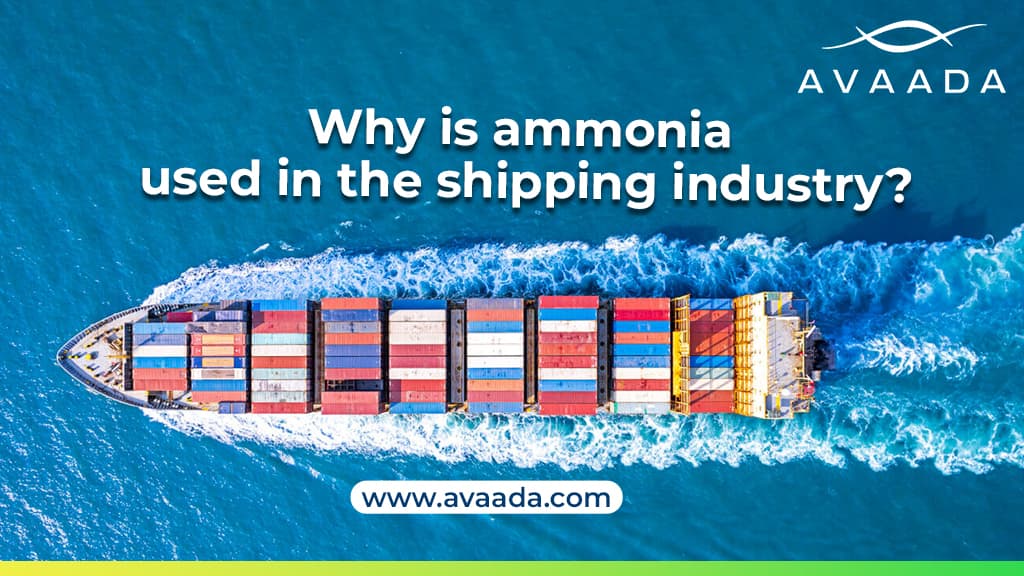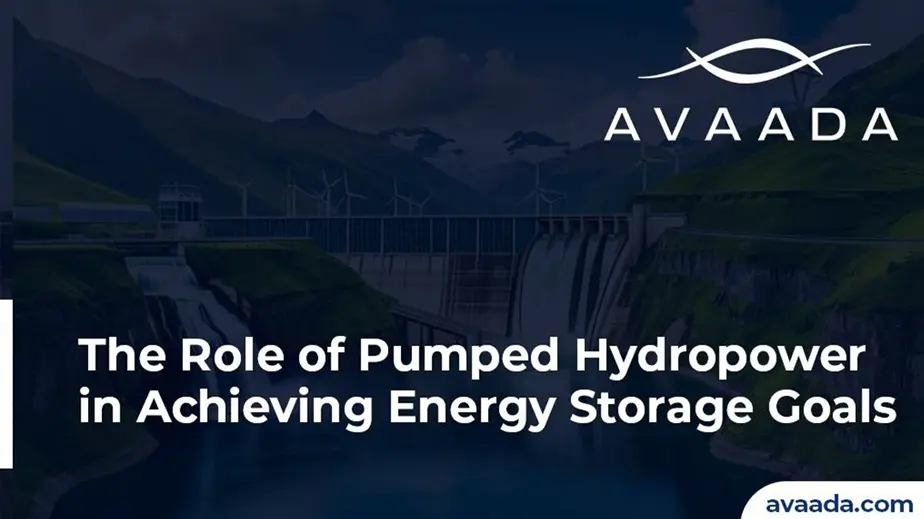Alternative fuels for ships have become increasingly important in the maritime sector as a response to stricter environmental regulations, giving rise to a host of implications in terms of managing costs and logistical operations. With the growing challenge of climate change, there is now a greater need to find sustainable and renewable marine fuels for this sector.
One such fuel currently being used more and more is ammonia. While traditionally used in agriculture and refrigeration, ammonia’s potential as a marine fuel offers promising benefits for the future of sustainable shipping. Let’s look into the trend of adopting ammonia in shipping and how it may transform the concepts of maritime transport.
Why Ammonia?
Ammonia is a compound of nitrogen and hydrogen (NH₃), it’s colorless with a strong and penetrating smell. Ammonia (NH3) has higher volumetric energy density than hydrogen and is easier to store and transport. Ammonia is widely traded and handled chemical at ports. It is being largely employed as a fuel in the maritime sector because of its combustion being zero-carbon, can be used in the same marine engine with minor changes, hence a more promising alternative for decreasing carbon dioxide gas emissions. Ammonia can be used in a variety of marine engines, including dual-fuel engines that can switch between ammonia and conventional fuels. Its high energy density and low viscosity make it a suitable option for long-range shipping operations.
Unlike conventional marine fuels, ammonia does not emit carbon dioxide (CO₂) when burned, making it an attractive option for shipping companies aiming to comply with the International Maritime Organization’s (IMO) stringent emission standards.
Compliance with Regulatory Standards
The IMO has set a target of 2050 to reduce the greenhouse gas emissions from shipping by 50%. Shipping companies have taken this to be the new benchmark in their efforts to comply with the regulatory standards. Since ammonia is carbon-free, companies can be assured of their compliance with future emissions standards.
Explore the uses of green hydrogen in power generation and its transformative potential for clean energy.
High Energy Density
Although ammonia has lower energy density than some of the conventional fuels, it still carries enough energy to be suitable for large vessels. A ship needs tremendous amounts of energy to cover long distances, and the high energy potential of ammonia makes it capable of powering vessels across vast oceans. This will enable operational feasibility while moving away from conventional fossil fuels.
Easier Storage and Transport
Ammonia is far easier to store and transport than the other green fuels in the hydrogen family. Hydrogen is only amenable to storage at very low temperatures or at very high pressure, while ammonia is easier to store under less rigorous conditions, so transporting it over long distances will not be an issue. That is a huge difference for the shipping industry: the bigger the fuel storage, the more manageable it becomes with ammonia.
Ammonia is widely traded and transported chemical. About 180 million MT ammonia is transported across the globe. Vessels carrying ammonia shall have advantage if ammonia is used as fuel in the same vessel.
Availability and Scalability
Ammonia is already in mass production globally, but mainly in the agriculture industry because it is used in fertilizers. The infrastructure is already there for the expansion of its usage for maritime purposes. More than some newer fuels, the production of ammonia shall be scaled up to suffice the needs of shipping markets. In the long run, it will be much cheaper.
Challenges Related to the Use of Ammonia as a Marine Fuel
While ammonia holds much promise, there are also challenges to be overcome before it can become the norm for shipping as a source of fuel.
Learn about the role of green hydrogen in the fertilizer industry and its impact on sustainability.
Toxicity and Safety Concerns
The toxic effect of ammonia to the human body has implications on safety in its handling, storage, and transportation. Since ammonia can be inhaled, tight safety controls to avoid leakage and exposure would be necessary. Developing reliable containment and monitoring systems is very crucial in containing the risks related to the toxicity of this chemical compound.
Engine Technology and Infrastructure
The use of ammonia as a marine fuel requires changes in engine technology. Marine engines, as it is known currently, cannot run on ammonia; thus, either new ammonia-compatible engines must be developed or modifications of existing ones to be made. Another thing is that bunkering infrastructures for ammonia are in the early stages of development. There are very few bunkering facilities available across the world, and hence the infrastructure has to be scaled up to increase usage.
Ammonia is a carbon-free fuel; however, it will form NOx when burned at high temperatures. NOx is an air quality issue and leads to acid rain. Techniques such as selective catalytic reduction (SCR) systems can be applied to reduce the NOx, which adds more complexity and cost to using ammonia as a fuel source.
Prospects for the Future of Ammonia in Shipping
Ammonia is gaining interest rapidly as a potentially viable marine fuel. Several companies and governments are investing in research and pilot projects to address technical and safety challenges associated with ammonia. For example, several major engine manufacturers are now working on ammonia-compatible engines, while ports worldwide have entered discussions about the development of ammonia bunkering facilities.
Moreover, ammonia production is also becoming greener. The shipping industry may further reduce its carbon footprint as more ammonia production shifts to renewable energy sources.
Conclusion
Ammonia presents a series of advantages which make it a promising fuel to support the decarbonization of shipping. Naturally carbon-free, it can drastically reduce the GHG emissions on a well-to-wake basis, provided it is produced using sustainable energy sources. Ammonia is produced and has been used in large quantities in other industries for decades, where there is available knowledge on its handling, storage and operation. The production of ammonia based on the Haber-Bosch process and electrolysis is well-known and established. As a cargo, ammonia is well known product to the shipping industry where is has been transported in LPG carriers subject to already existing regulations such as the IGC code. Based on the growing interest for ammonia fuelled vessels and on announced projects to produce green ammonia, it is fair to conclude that the uptake of ammonia as a marine fuel will likely take place.
However, there are still barriers which the industry, engine manufacturers, producers, and other industry segments, as well as policy makers and regulators, need to address in a collaborative manner. Despite the extensive experience in its handling, there is little knowledge on using ammonia as a fuel. Given that it is toxic and corrosive, there are some concerns related to the safety of using ammonia as fuel onboard ships and their engines. Therefore, further work on understanding these risks and their possible mitigation is needed. Additional guidelines and regulations are needed, bearing in mind the increased number of operations (such as bunkering) and human interaction, when the uptake of ammonia takes place. The development of relevant effective and clear decarbonization policies to promote the uptake of green fuels in general needs to be fostered, in the absence of which green ammonia may not be commercially competitive. Indeed, without further market demand for green transportation or implementation of market-based measures, the use of green ammonia as a fuel may remain very onerous. At the same time, as green ammonia production will highly depend on green electricity, which will also be in very high demand by all other industrial sectors, there will be a need to ensure that sufficient certified green electricity is available for and used by all industrial sectors. Ammonia shows a good and promising potential, but to become the alternative fuel to support the decarbonization of shipping, early action is needed to unblock all the barriers opposing its uptake.









